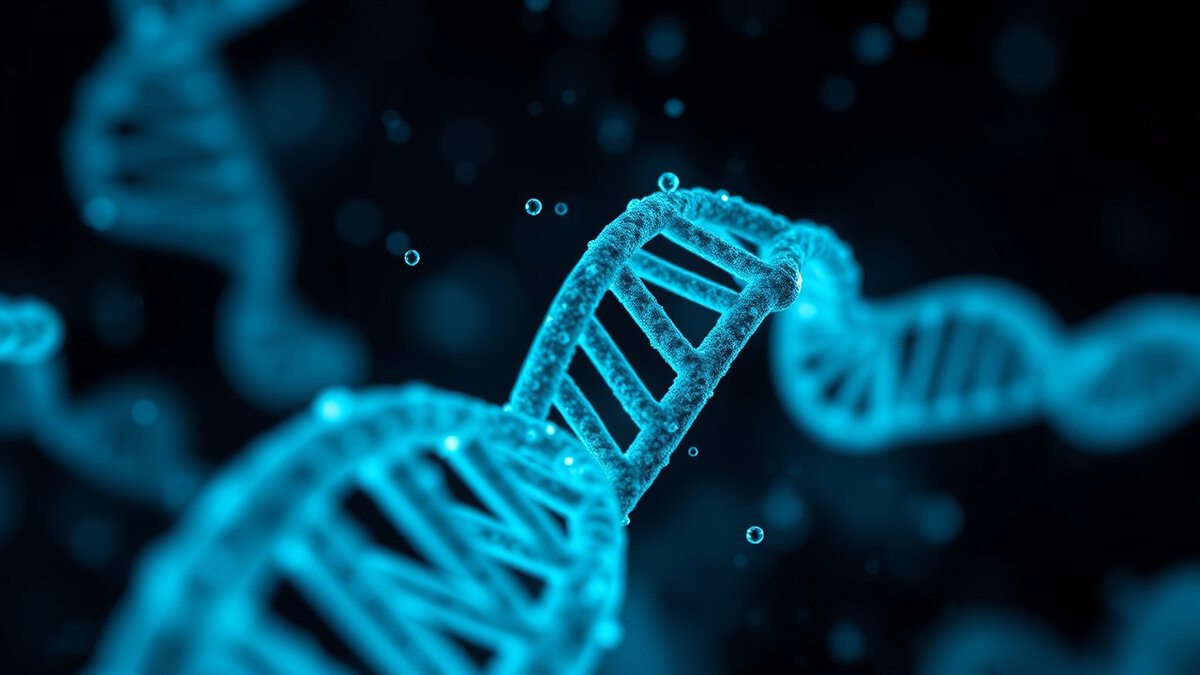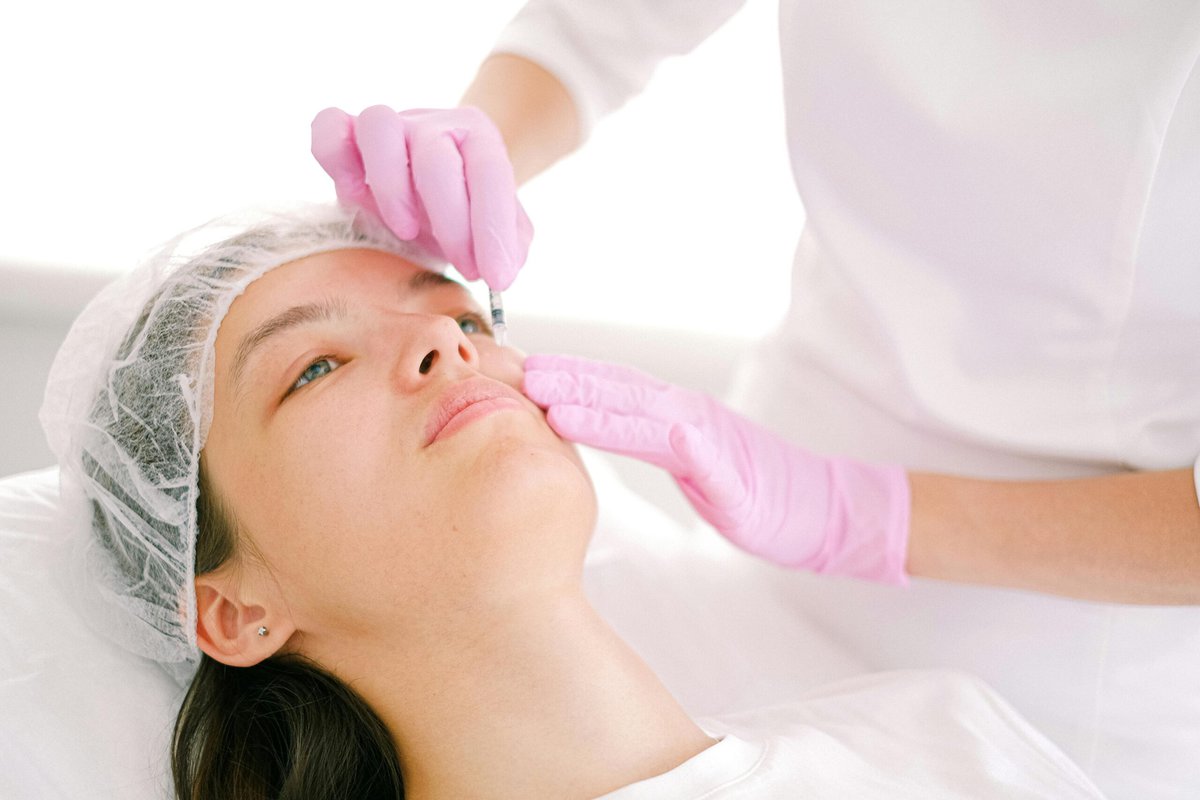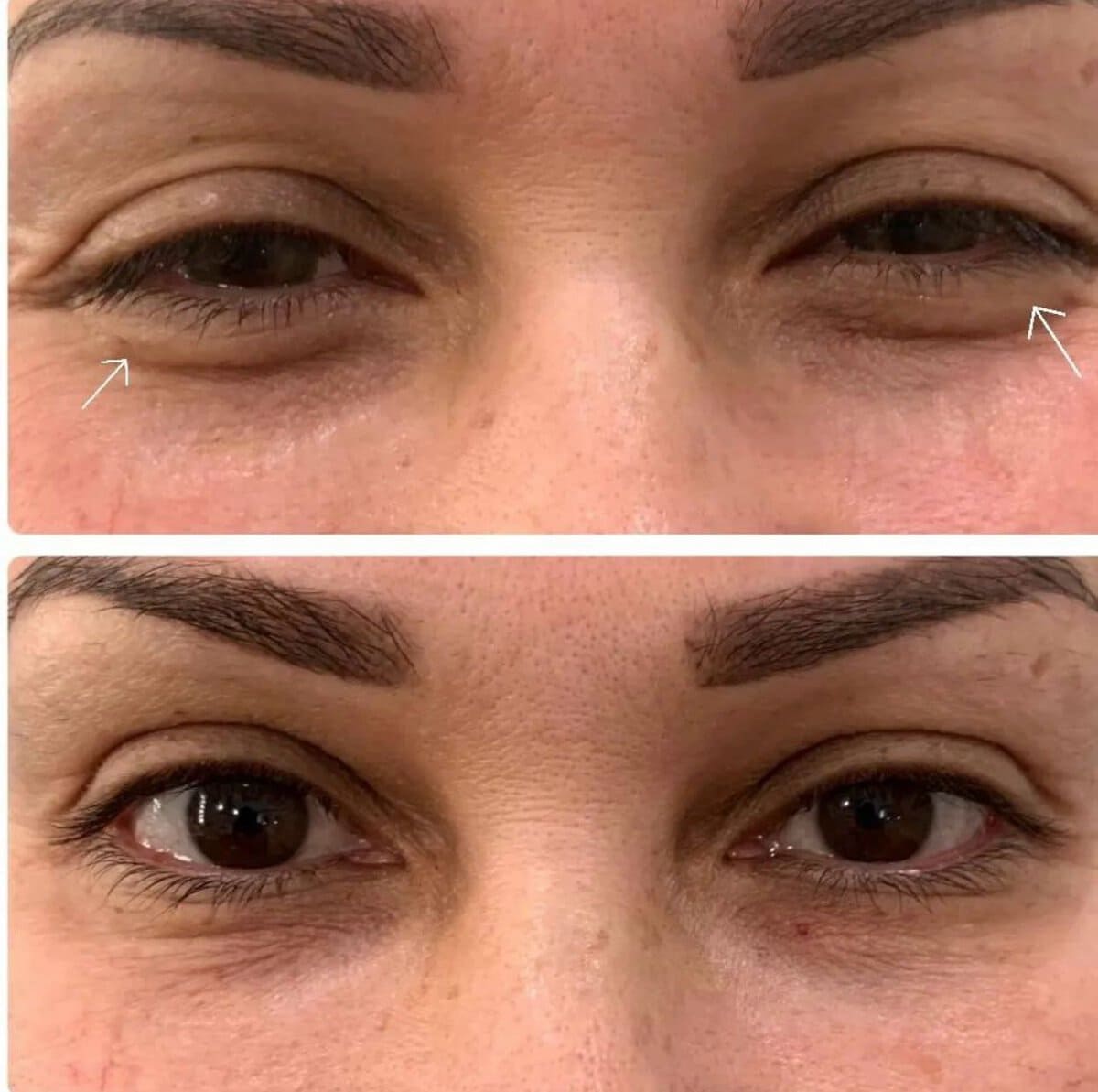One clinical way to talk about the body’s skin is as its biggest single organ, relative to our internal organs and various anatomy. We’ve heard that from clinicians sometimes – but another way to think about it is that your skin is essentially the “suit” through which you present yourself to the world. The idea of topical contouring is a big one in today’s cosmetic industry and has to do with that concept at least a little bit.
“It’s my skin,” a client recently said, without elaborating, and we knew what she meant. Your skin is the face of your body, the presentation that the world sees.
Let’s talk about that a little more and discuss some of the ways that professionals help clients to look better over time.
Fillers and Injections
Two particular types of body contouring processes involve fillers which can plump up areas of the skin in the face or body, and injections which can use various substances to smooth areas of the skin. Both of these have a lot of jargon and specialized language attached, which is why patients like to come in and get qualified consultation from our team.
These two procedures work very differently, but both of them address that contouring that we’re talking about in looking at the skin as a cohesive unit, and contouring it appropriately to help reduce the effects of age. There have been some excellent improvements in this process through new technology, and labor-intensive, invasive processes have been replaced by easy, modern solutions.
Tightening Skin
Other types of procedures address the fundamental process of tightening up areas of the skin that have become loose or sagging over time.
For example, we have resources on the site about using Kybella to tighten neck skin and eliminate what’s called “double chin.” Again, we can explain this in more detail through the use of print resources and more, where the latest advances help to empower us to work with clients on optimizing their facial shapes.
Here, we’re looking at how skin has become less taut on body structures involving bones, muscles and subcutaneous tissue. We put together a profile for each customer, and then we figure out how to address their needs. It’s that dedicated process that helps us to really be effective in pinpointing the patient’s needs and desires, figuring out how to implement procedures, and fitting the solution to the challenge. Ask us about what we do day to day in the BB area for a satisfied set of patients.








